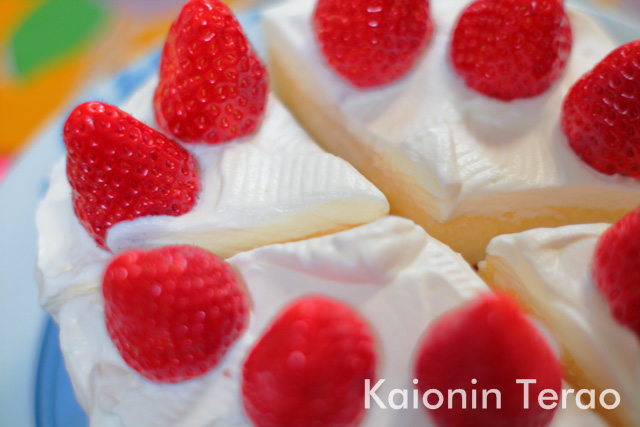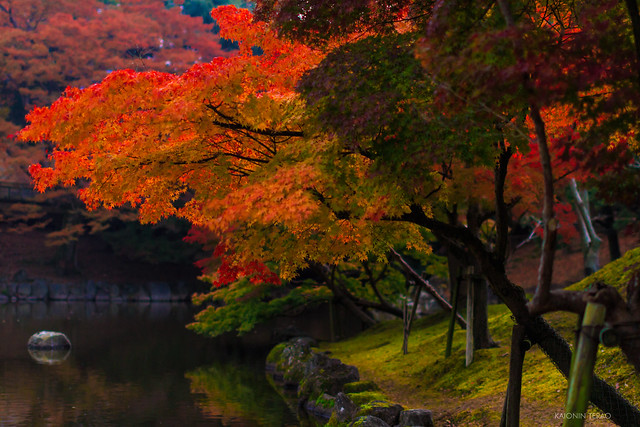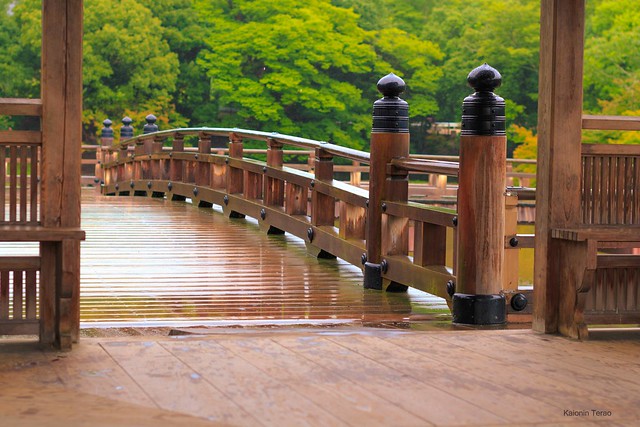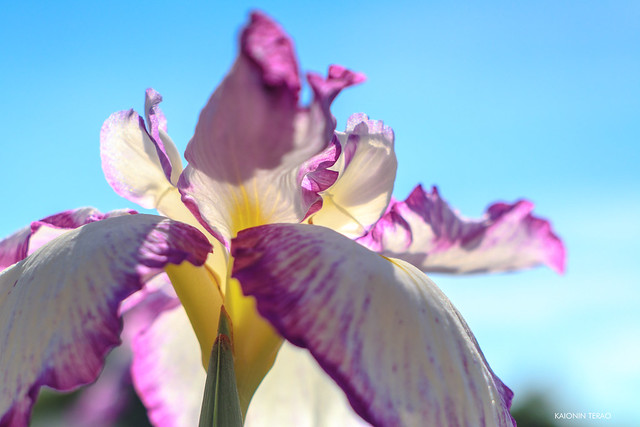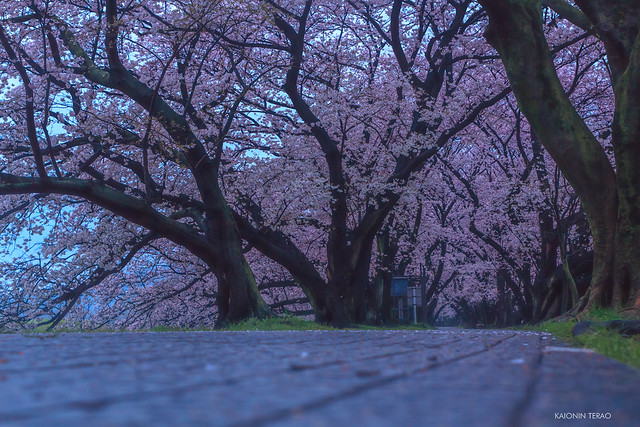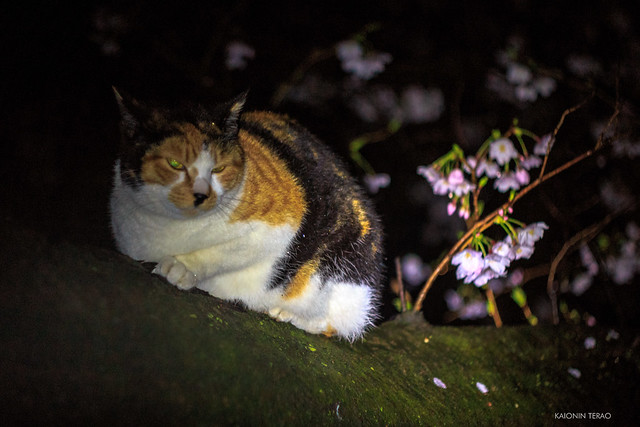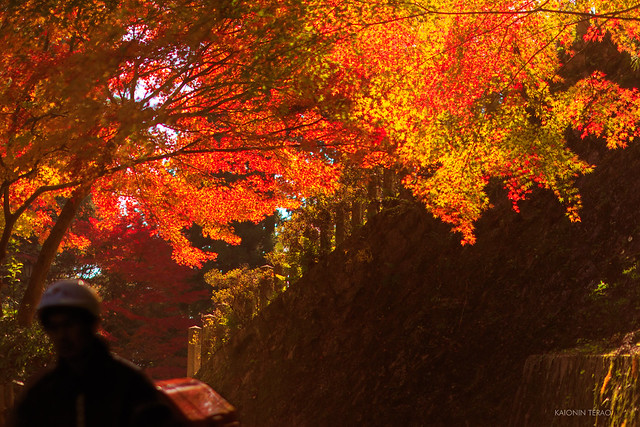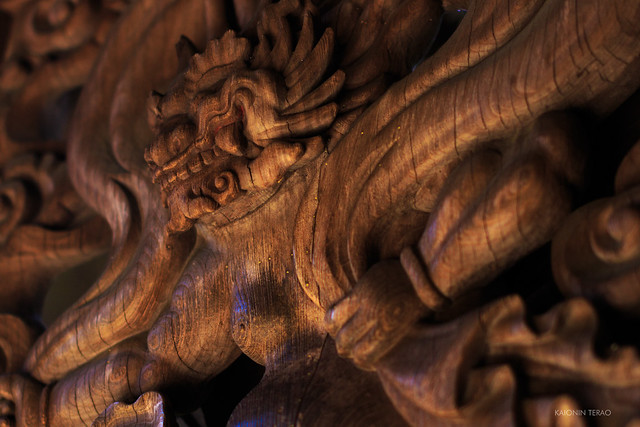
Built around 710 AD, the Himuro shrine in Nara Park.
Originally I made ice in winter and saved it in this himuro (ice room), and it was delivering to the capital from the spring to the summer.
Delivery of ice has been abolished after the capital.
Shaved ice is also ♪
By the way, the weeping cherry tree here is the first cherry blossoms in Nara in Japan.
西暦710年頃に建てられた、奈良公園の中にある氷室神社。
もともとは冬に氷を作ってこちらの氷室(冷凍庫)に保存し、春から夏に都に納めていた。
遷都後は氷を納めることは廃止されている。
現在は製氷業者や冷凍氷業界などで有名な神社になっています。
あと、かき氷も♪
ちなみにこちらの枝垂れ桜は、奈良で最初に咲くといわれている桜です。


What a deer eats is a type of fortune telling called Omikuji in the Japanese shrine.
In many shrines, When bad divination comes out In this way the paper with the result written, such as bamboo and trees, Depending on the shrine, tie it to Mikuji kake (a place passed through a rope or a stick between the pillars).
If it is good fortune, return home to your house, Please keep it in a safe place.
鹿が食べているのは、日本の神社のおみくじという占いの一種です。
多くの神社では、悪い運勢が出た場合は結果の書かれた紙をこうして竹や木など、
場所によっては専用のみくじ掛(柱の間の縄や棒に通したもの)にくくりつけます。
良い運勢の時は家に持ち帰り、大切にもっておいて下さい。


Nara National Museum Buddhist Art Research Center
This building in Nara Park, was built as a Nara prefecture display center in 1902 AD, became an important cultural asset in the year 1983 AD, and it is used as a research center for Buddhist art materials.
It is designed to incorporate various architectural styles of Western and Oriental, including ancient Japan.
奈良国立博物館 仏教美術資料研究センター
奈良公園内にあるこの建物は、西暦1902年に奈良県物産陳列所として建てられて、西暦1983年に重要文化財となり仏教美術資料研究センターとして利用されています。
古代の日本を始め、西洋や東洋の様々な建築様式を取り入れて設計されています。

使用レンズ
Carl Zeiss Jena Flektogon 35mm f2.4
Carl Zeiss Jena Pancolar 50mm f1.8
Canon EF-M11-22mm f/4-5.6 IS STM
どのレンズを使用したのかはFlickrのリンク先に掲載しています。
gに+を頂けると励みになり嬉しいです (^^)
これを次の撮影への大切な参考にさせて頂きますので、よろしくお願いします。


